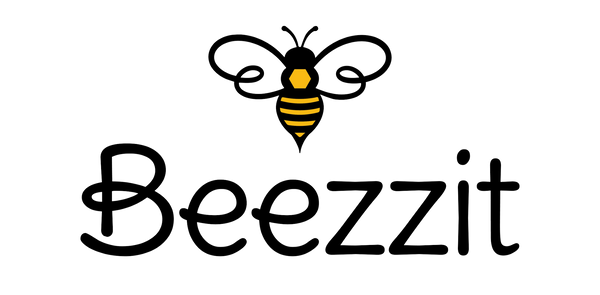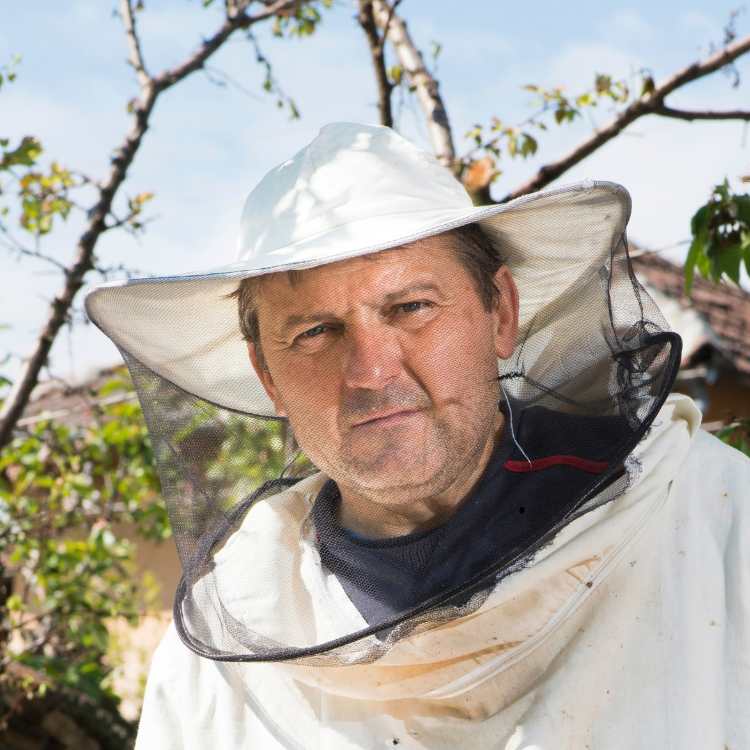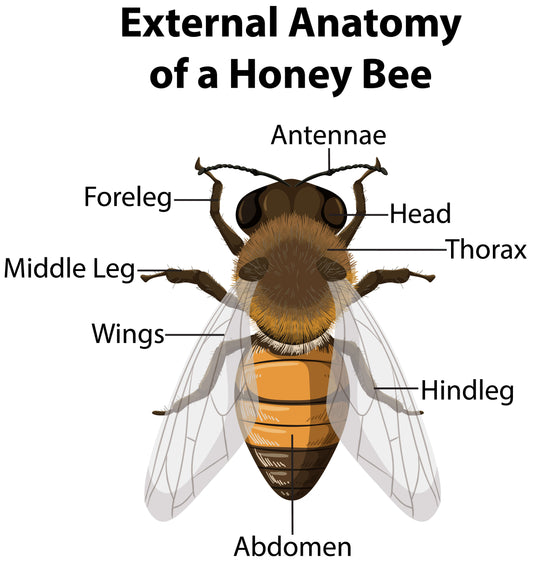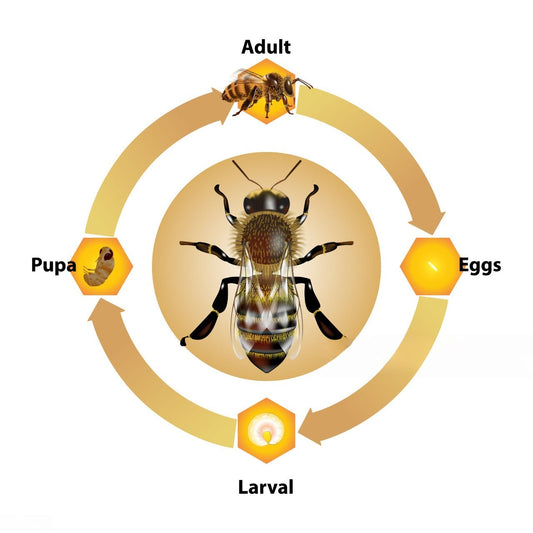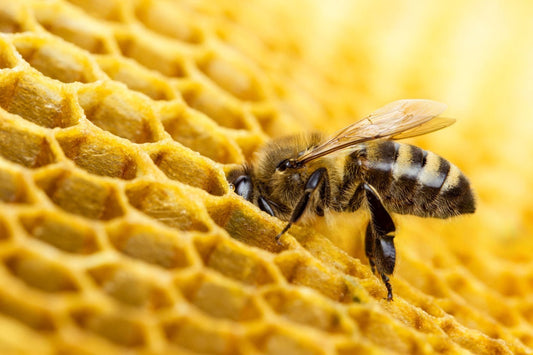While you might think of bees as these yellow bugs buzzing around, their importance to our ecosystem and food supply cannot be overlooked. Yet, their population seems to be shrinking. Think for a minute. When was the last time you saw a bee if you lived in a big city? Habitat loss, pesticides, climate change and more have been rapidly killing bees. However, there is good news. This trend is reversible and if you want to make a difference, here are five steps to save the bees and contribute to a healthier planet.
Protect bee habitat
One of the best and most practical ways to save the bees is to protect their home. Perhaps, habitat loss is the most devastating contributor to the decline in bee populations. But you can play an active part in keeping their habitat safe. A great option is to plant a garden with native and wildflowers. Convert your back lawn into a wildflower meadow to create a rich source of nectar and pollen for the bees. If you do not have the luxury of a backyard, even small spaces can help create microhabitats for the bees. Consider spaces like window boxes, or flower beds as these can become bee haven. Choose a mix of bee-friendly blooms to attract diverse pollinator species.
Create spaces in and around your home where bees can thrive and help restore the balance of our ecosystems.

A honey farm
Go chemical free
In case you are considering to have a garden in the backyard or creating micro spaces for the bees to thrive, steer miles away from the use of synthetic pesticides, herbicides, and fertilizers. These are a huge red flag for bees since these contain chemicals that are harmful for the bees and these weaken the immune systems of the bees. Plus, these can also be disorienting for them and worse, can also be lethal. We suggest sticking with natural alternatives to save the bees. Organic gardening techniques like compost, mulch, and natural pest control methods can be quite effective and safe. You can also consider creating a self sustaining ecosystem by attracting beneficial insects and plants that can help to control pests naturally and add more nutrients in the soil for the plants to grow.
A chemical free garden will not only benefit the bees but will also promote healthier soil and plants.

Organic compost is an excellent natural fertilizer
Create nesting sites for bees
Here is an interesting fact for you. Did you know that over 70 percent of the world’s bee species nest underground? Others like mason bees, use tree cavities and hollow stems for shelter. You can provide these essential spaces in your garden or yard, Here’s how:
- Leave bare patches of soil: Make sure that you are not covering the entire yard with mulch. Instead, ensure that some bare ground is left behind for the bees to dig and build their nest. If you have a garden that dies back for the season, cut plant stems to about 18 to 24 inches to provide nesting sites for cavity nesting bees.
- Provide Natural wood: Consider leaving logs and branches in your yard, instead of clearing them. This is a great way to attract bees that build homes in wood cavities. Accommodate their nesting preferences and you should be able to create a safe space for bees to live and raise the young.

Bees nesting in their hive
Bee friendly fauna helps
Bees do not like all flowers equally. Most of the plants you buy from a local store are bred for their appearance and not for the nectar and pollen production. So while these might look lovely, they are less useful to pollinators. Here are some easy steps to plant flora that bees love and save the bees.
Native plants
Bees in certain regions have evolved over the years to work perfectly with native flora like clover, making these plants the best choice for providing the food they need. You need to include plants that bloom at different times of the year to offer a continuous and reliable source of nectar and pollen for the bees.
Check for bee-friendly labels
Environmentalists and consumers have shown major concerns about how to save the bees and the efforts are seeming to be paid off as more and more stores are stocking up on bee friendly plants. When shopping look for those specifically marked as pollinator-friendly and free from chemical treatments.
A garden filled with thoughtfully chosen plants can become a reliable source of food for bees year round.

Bee harvesting food from a flower
Support the community
The choices you make when purchasing can directly impact the health of bee populations. Support businesses and products that prioritize bee conservation and create demand for sustainable practices.
- Buy local: Support local beekeepers who practice ethical and sustainable beekeeping.
- Support sustainable agriculture: Opt for organic produce and goods that are grown without the use of chemicals that are harmful to the bees.

A beekeeper working with bees
Why do we need to save the bees?
These tiny, buzzing bugs are responsible for pollinating approximately over one third of the crops we eat. Beyond their critical role, their contribution to the health of the ecosystems by supporting plant reproduction and biodiversity. Save the news today- because a world without them is a world without many of the foods and natural wonders we cherish.
Enter the world of bees and beekeeping with our extensive blog here.
